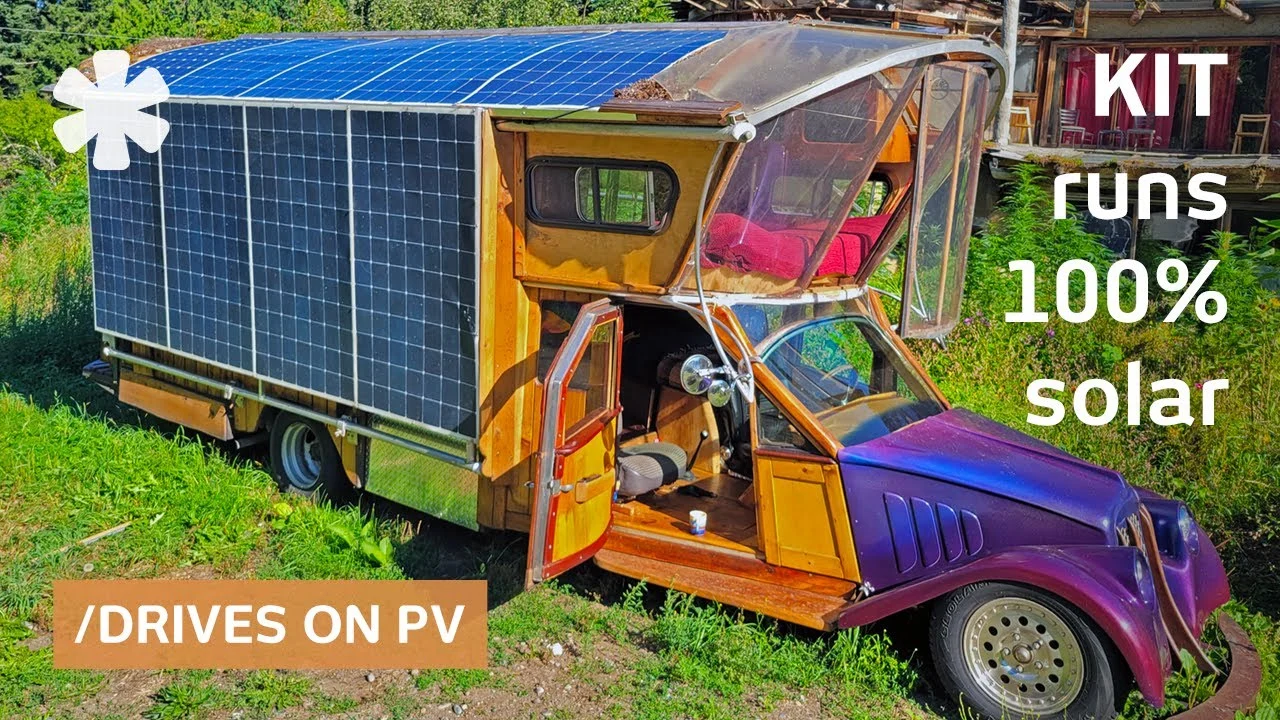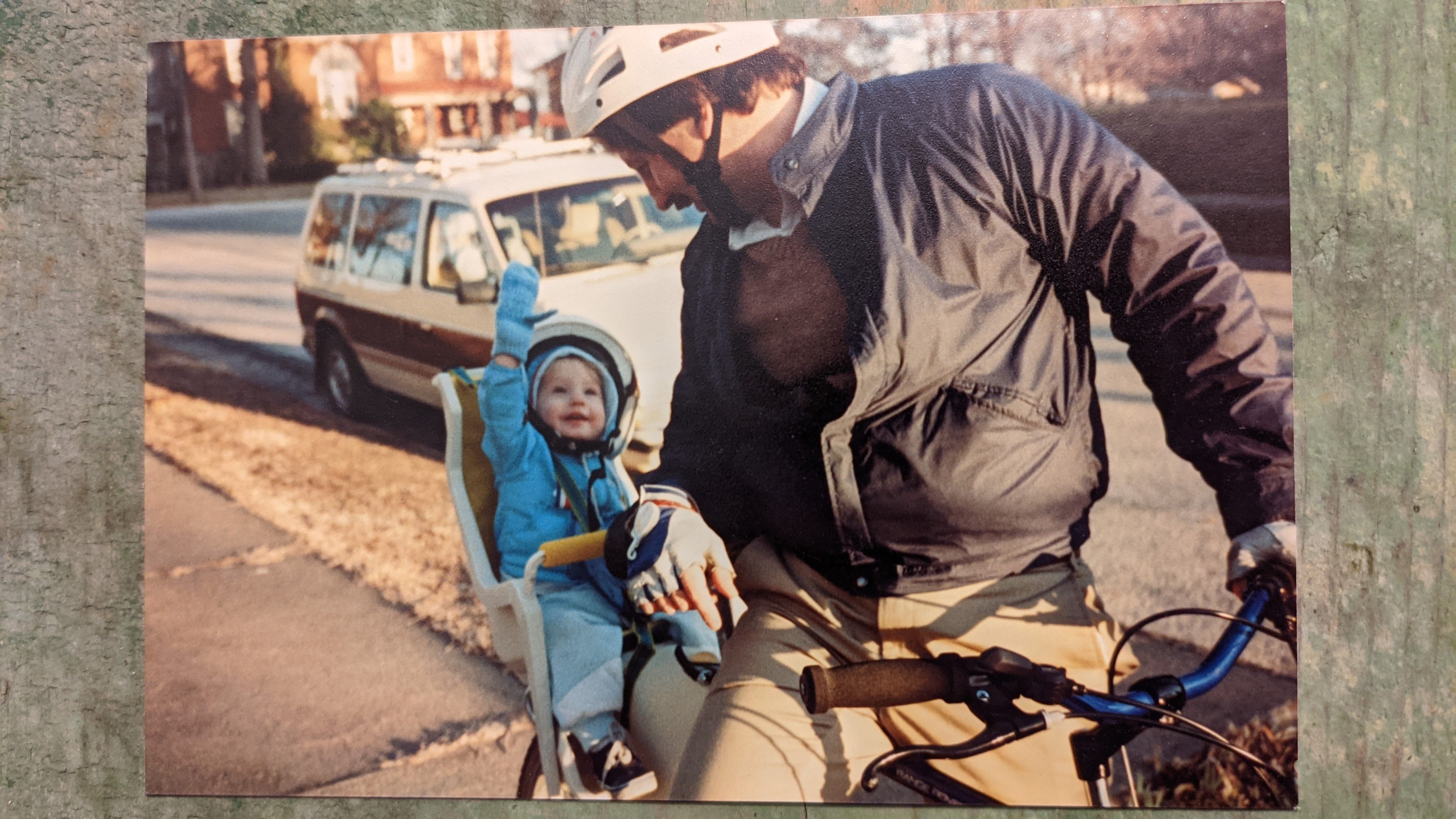Those older cars are actually not bad for electrification as they had weak engines back in the day and thus are relatively lightweight. I just hope they also add good modern breaks as those need to be sized according to the extra battery weight. Although regenerative breaking of course also helps.
They do not need better breaks as those are trucks, which are designed to carry heavy cargo.
Afaik the VW Vans from that generation were never certified for much load and had pretty bad breaks.
That is absolutely amazing. And I think they said they’ve been using it for 10 years already!!! That is just the coolest thing ever. Can’t wait to finish the whole video. I love Kirsten Dirksen.
The amount of power they can generate on a car is truly impressive. And as poVoq says, those old cars are generally lighter, which helps with range.
A downside of most older cars, unfortunately, is safety is pretty massively compromised. The T2 and T3 Volkswagons are significantly better than some other vans from that era, but they are woefully inadequate in a head on offset crash compared to modern vehicles. Since they do not have crumple zones, any high-speed crash is almost certainly a death sentence.
Warning, car safety tangent incoming:
Vans and trucks in particular (in the US, at least) were way behind sedans/wagons when it came to safety features like airbags, collapsible steering wheels, reinforced doors, etc. I personally wouldn’t recommend any US brand made before 2004, since the 90’s federal safety mandates didn’t apply to them. You can see the massive difference between this 2001 f150 and a 2004 f150 here. Even after that period, avoid all Dodge vehicles like the plague, just terrible in crashes.
For cars, wouldn’t recommend any US or Japanese passenger cars made before 1994-ish. 1996 was when most major safety features became federally mandated. Though even after that period, how well a vehicle crashes is highly dependent on the specific model. A Ford Taurus from 1996 was quite excellent for that era, while a different model Ford from that same year could be a death trap.
I would make an exception for that 1994 cutoff date with certain European vehicles, such as Volvo, Mercedes, BMW, and Saab, as they took crash safety much more seriously even back in the 80’s, and tended to do quite well. Still not as good as a good modern car, but probably still fairly survivable.





